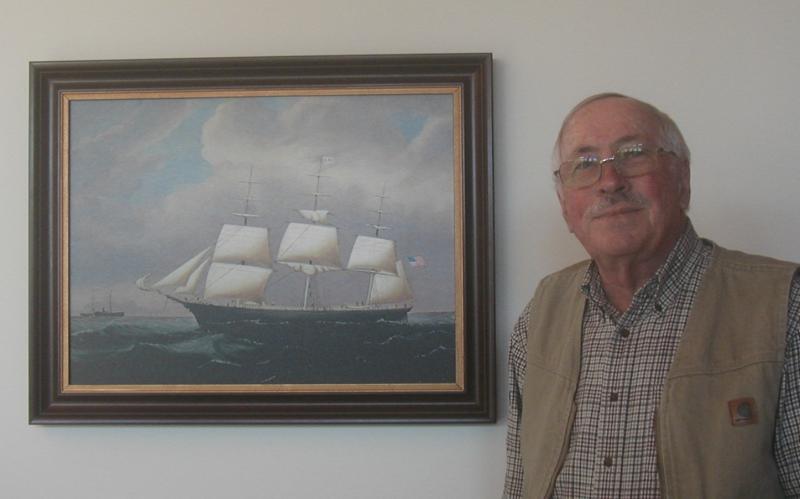A common refrain among those who have moved here to retire is “I never expected there would be so many interesting things to do.”
Good theater and musical groups, author readings at local libraries, outdoor activities, abound. Some have discovered going back to college, just for the fun of it — no tests, exams, etc.
Maine has one of the largest senior college networks (17) of any state. And when Arnie Aho, architect and professor, retired to Boothbay in 2012, he jumped right in to offering his talents to Coastal Senior College, which covers Boothbay to Camden.
During a 13-year stint teaching architecture at Mississippi State University, Aho and his wife Nancy met people who then retired to Bar Harbor and raved about the senior college there.
Aho had ties to Maine, his family settling in the Thomaston area in 1946, then building a summer home in Pemaquid. Upon moving here, he first thought of redesigning the house for year-round living, but then decided to keep it as a summer cottage and move to a condominium in Boothbay, which suit them just fine.
Aho’s teaching career spanned 40 years and various states, from Mississippi to North Carolina and finally to Vermont, where he developed an architecture school at Norwich University.
All the while, he was a practicing architect as well, and made that a requirement for faculty at Norwich. He thought it important to teach architecture not just as theory, but to understand its practical application.
“I loved the combination of teaching and practicing, because both kept me growing and learning,” Aho said.
He has won awards in design and in teaching, including one from Mississippi State University and from Norwich. He has also written various books on architecture, including “Materials, Energy and Environmental Design,” which was used as a textbook in six different universities.
The change to teaching retirees has been particularly rewarding, he said.
“The opportunity to teach undergraduates was a great gift, but in some ways teaching in senior college is even greater. Students have so much knowledge, are so well-educated and I enjoy the interaction with them, and of course, the absence of pressure for grades and exams.”
The first class he taught in Damariscotta, “Folk Architecture of the World,” was one of the best attended classes Coastal Senior College ever offered. Word got around, and after that his class in “Form and Design in Nature” was a big hit, according to people involved with organizing classes for the college.
He will be teaching a revised version of “Folk Architecture of the World” for the winter session, beginning Feb. 3 at the Friends Meeting House in Damariscotta.
He describes the class as follows: “A visual exploration of the relationships between natural and cultural contexts and their influences on traditional (“folk”) building forms throughout the world: from the crannogs of Ireland to the kulas of Kosovo, from the stave churches of Norway to the shrines of Japan, from the farmsteads of Estonia to the cosmic cities of Nepal. This course focuses on the small but fascinating traditional structures built using architecture without architects.”
One of Aho’s passions is drawing (he said he was glad he was practicing architecture in the time of draftsmanship rather than computer design) and his drawings of folk structures accompany the explanatory written material.
His lectures are augmented by his illustrative slides, many of which are his own photographs of folk structures he has taken in his travels throughout the world.
Aho studied architecture at Rensselaer Polytechnic Institute and the University of Pennsylvania, where he said he had the great privilege of studying under the famous architect Louis Kahn.
For more information about Coastal Senior College and its winter session, you can go to the website, www.coastalseniorcollege.org.































